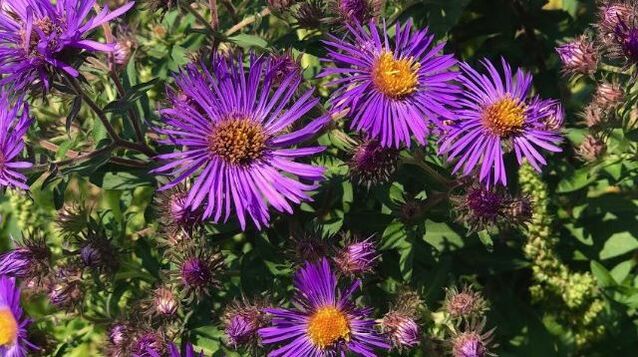Pollinator Meadow + Garden
In the spring of 2019, we started the transformation of a grass area by seeding and planting a wide range of flowers that included Blue False Indigo, Lobelia, Brown Eye Susan, various type of Asters, Bee Balm, Nodding Onions, Turtlehead, Echinacea, Goldenrod, Butterfly Weed, Coneflower, Columbine and many more. The pollinator garden evolves with each season and each year with some type of plants living only for a few seasons while other will bloom only after a few years. Native plants and pollinators go hand in hand. Local Pennsylvania butterflies, bees, birds, and insects rely on host family for pollen and nectar from these native plants. Native plants are therefore essential to increase the population of our pollinators.
Consider these facts:
Please come back often to enjoy the meadow and the gardens as it changes during the seasons and throughout the years. To help with the development and maintenance of our pollinator garden, email us at [email protected].
Learn more about pollinator meadows:
Phipps Conservatory
PSU
DCNR
Consider these facts:
- Pollinators are needed to produce 1/3 of human food crops.
- Pollinators are needed to produce 90% of all flowering plants including vegetable and fruits.
- Native plants such as butterfly weed are naturally established here.
- Some pollinators cannot survive without the presence of specific plants (Monarch butterfly and milkweed)
- Pollinator decline is from the increased use of pesticide and from non-native plants out competing with native ones.
Please come back often to enjoy the meadow and the gardens as it changes during the seasons and throughout the years. To help with the development and maintenance of our pollinator garden, email us at [email protected].
Learn more about pollinator meadows:
Phipps Conservatory
PSU
DCNR

